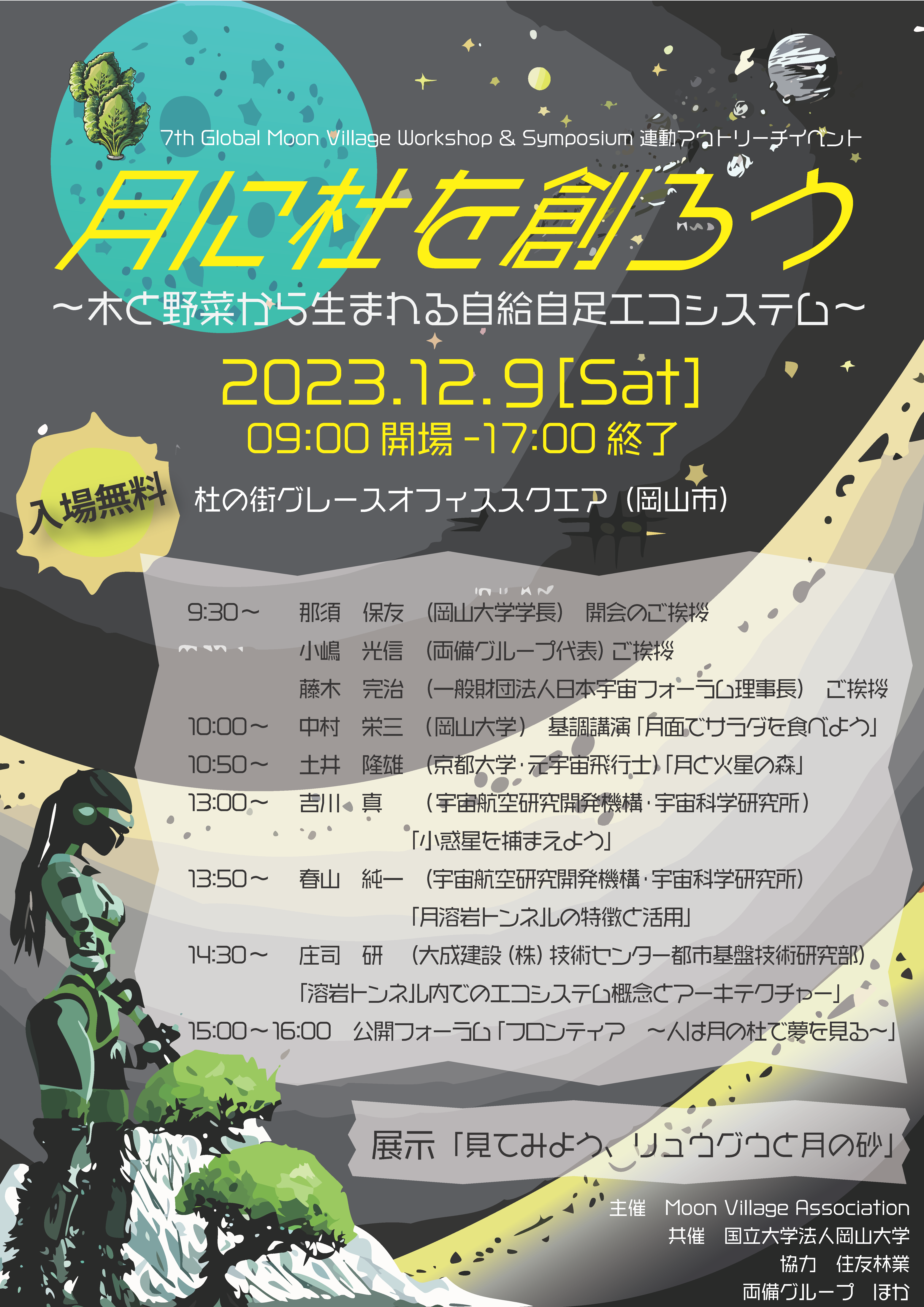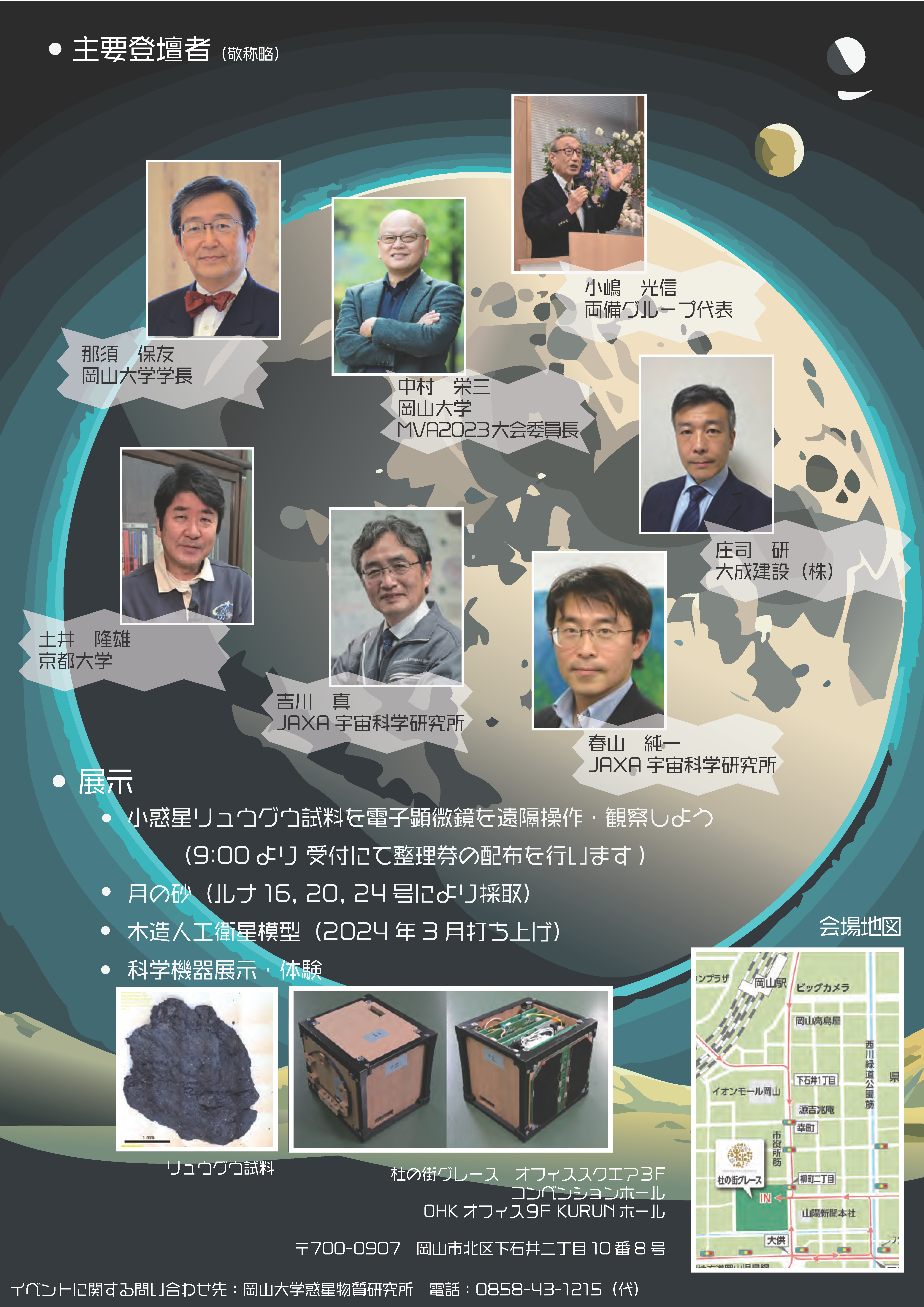Ratnayake, D.M., Tanaka, R. & Nakamura, E..
Biogeochemical impact of nickel and urea in the great oxidation event.
Communications Earth & Environment, 6(654), (2025).
View full Article
Srivastava, Y., Sarbadhikari, A.B., Nair, V.M., Kumar, A., Kadlag, Y., Mahajan, R.R., Srivastava, N., Panwar, N., Das, A., Tanaka, R., Day, J.M.D., Shukla, A.D., Ray, D., Verma, A.J., Rani, A., Arora, G., Panda, D.K., Vijayan, S., Bhardwaj, A.
Petrogenesis of the Rantila meteorite fall and implications for the origin of aubrites.
Meteoritics & Planetary Science, 60(6), 1318–1335 (2025).
View full Article
Rahul Kumar, Katsura Kobayashi, Christian Potiszil, Tak Kunihiro.
Development of a technique to identify μm-sized organic matter in asteroidal material: An approach using machine learning.
Applied Computing and Geosciences, 27, 100277 (2025).
View full Article
Torii Douglas-Song, Tsutomu Ota, Masahiro Yamanaka, Hiroshi Kitagawa, Ryoji Tanaka, Christian Potiszil, Tak Kunihiro .
Lithium- and oxygen-isotope compositions of a Si-rich nebular reservoir determined from chondrule constituents in the Sahara 97103 EH3 chondrite.
Geochimica et Cosmochimica Acta, 400, 51-71 (2025).
View full Article
Wei Zhang, Hiroshi Kitagawa, Fang Huang,
Magnesium isotope composition of volcanic rocks from cold and warm subduction zones: Implications for the recycling of subducted serpentinites and carbonates.
Geochimica et Cosmochimica Acta, 391, 158-176 (2025).
View full Article
Küçükarslan, N., Ota, T., Potiszil, C., Kobayashi, K.,
Exploring the Evidence for the Early Bronze Age Iron Production at Kaman-Kalehöyük,
In: Maner, C., Weeden, M., Omura, M., Matsumura, K., Harrassowiz, V., Wiesbaden (Eds)
It All Began with Stratigraphy and Chronology, XVIII, 506,
pp. 337-358 (2025), ISBN: 978-3-447-12202-3.


